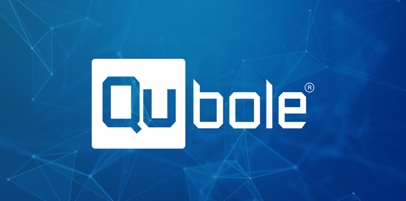Intro
In a recent blog post, we benchmarked auto-scaling and demonstrated that an auto-scaling cluster was a lot less expensive and only a little bit slower than a static, max-sized cluster. In this post, we decided to quantify this benefit in terms of dollars and cents. Based on our results, we estimate that auto-scaling is worth over $300,000 a year for one of our customers for just one cluster.
Methodology
Cost of Node Hours
First, recall that we based our benchmark on a real customer workload. We analyzed the cluster of a customer that runs a major consumer web application. This customer was running an auto-scaling cluster that scaled between about 100 to 400 nodes of the instance type c3.8xlarxge. According to Amazon EC2 pricing, c3.8xlarge instances cost $1.68/hour.
Our previous benchmark found that a static, max-sized cluster used on average 32% more nodes every hour than the cluster that auto-scaled. Our customer cluster had a max size of 400 nodes. By extrapolation, auto-scaling would reduce the actual average usage on the cluster to that of a 303 node cluster. This 97 node difference translates into $162.96 saved per hour. Multiplying that by the 11 hours that the cluster was active results in a savings of $1,792.56 per day in EC2 hours due to auto-scaling.
Cost of Analyst Time
However, we must also take into consideration the opportunity cost incurred by the analysts. In our benchmark, we found that auto-scaling was not quite as fast as the static, max-sized cluster. This makes sense because the static cluster always has its nodes ready to use, while auto-scaling only kicks in when the load on the cluster increases.
To estimate the cost of analyst time, we started with a ballpark hourly salary for a data scientist. According to Glassdoor, the average data scientist’s annual salary is about $114,000 a year. Taking into account the costs of things like employee benefits and allocated operating costs*, we estimate the average cost to a company of employing a data scientist for a year to be $171,000. Estimating that a data scientist works about 50 weeks a year and works 40 hours a week, equates to 2,000 hours a year, resulting in an average cost of $85.50 per hour.
Our last analysis found that the static, max-sized node cluster ran 10% faster than the cluster which auto-scales. This means that for every hour a query ran on the max-sized cluster, the same query on the auto-scaling cluster would take six minutes longer to return. We found that for the cluster we analyzed, the total query run time was 68 hours**. This means that had the cluster been max-sized at 400 nodes instead of auto-scaling, the total query return time would have been 6.8 hours shorter***. Taking into account the hourly salary of an analyst, we calculated that the total extra cost of the auto-scaling in terms of analyst time was $581.40 per day. This number isn’t small, but it is far exceeded by the $1,792.56 saved in terms of node hours.
Value of Auto-scaling
Finally, we subtracted the $581.40 lost per day in analyst time from the $1,792.56 saved per day in node hours, which resulted in a total of $1,211.16 saved per day. Multiplying this number by the 250 workdays in a year means that auto-scaling is worth $302,790 per year.
What about other clusters?
But what if you’re not running a 400-node cluster? What will your savings look like then? It turns out that even for smaller customers, the value of auto-scaling can be significant.
We took a look at two other clusters on the same day for two other customers. The first customer, a major US-based retailer, runs an auto-scaling cluster of up to 200 c3.8xlarge nodes, for whom auto-scaling is worth over $100,000 annually. The other customer is a major multi-national enterprise technology provider; for their auto-scaling cluster of up to 60 r3.4xlarge nodes, auto-scaling is worth almost $40,000 annually on just one cluster.
We’d love to show you the power and flexibility potential of auto-scaling. What will auto-scaling be worth for your organization and your use case? You can get started by checking out our 15-day free trial.




